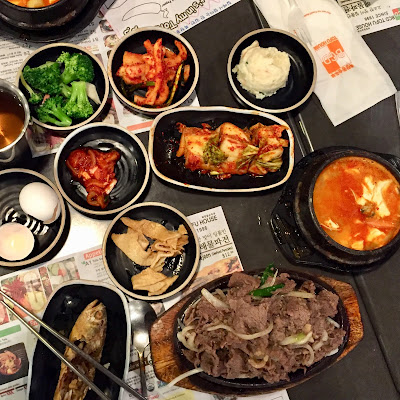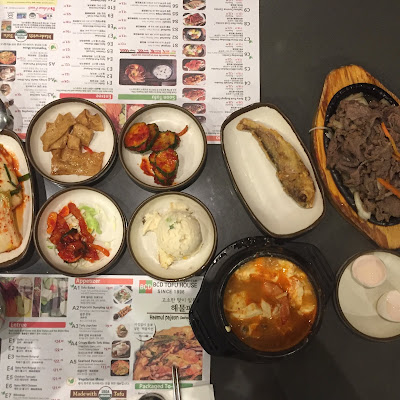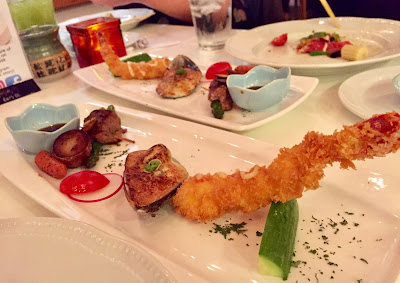Colombia's Arepa de Huevo
France has the baguette. Italy has the pizza. This past weekend, on a trip to Cartagena, I learned Colombia has the arepa de huevo. The street food is so ingrained in the country’s culinary DNA that at my Hilton hotel breakfast buffet, it literally stood apart from the other items--the arepa de huevo was featured on its own table in the center of the dining room. It even came with a sign indicating its significance to Colombia.
But first, to understand what an arepa de huevo is, I must tell you what an arepa is. An arepa is essentially a pancake made of corn or maize flour. I became familiar with this indigenous delicacy from pre-Columbian times at Mil Jugos, a Venezuelan restaurant in Santa Ana. But as it turns out, Colombians also count arepas as a staple food. An arepa in its basic form is usually griddled and then sometimes split like an English muffin to be used to sandwich a variety of fillings.
An arepa de huevo, however, is an entirely different subspecies. It is distinctly Colombian. And the preparation involves a double fry.
The cornmeal dough is first flattened to a disc in a tortilla press. Then the disc is deep-fried in oil so that it puffs up like a Whoopee cushion. After it’s lifted out of the oil and drained, a small slit is cut into the side. A raw egg is then poured into the cavity and the arepa immediately goes back in the oil to fry again. The second dunk cooks the egg inside its cornmeal cocoon while the arepa’s outer crust gets even crispier. What results is the South American hybrid of a Hot Pocket and a McMuffin crossed with a beignet. It’s best eaten when it’s piping hot
As I sunk my teeth into my first arepa de huevo, dabbing lots of salsa and sour cream, I realized that although it resembled all the things I mentioned in the previous paragraph, it was unlike anything I’ve had before--it was a totally new sensation and experience. It’s as if someone managed to isolate just the crunchy outer corners of a freshly baked cornbread muffin and impregnate it with a hard boiled egg.
It was delicious.
After my first piece, I ate a second and a third, knowing that no such thing exists back home, even in OC’s two Colombian restaurants.





